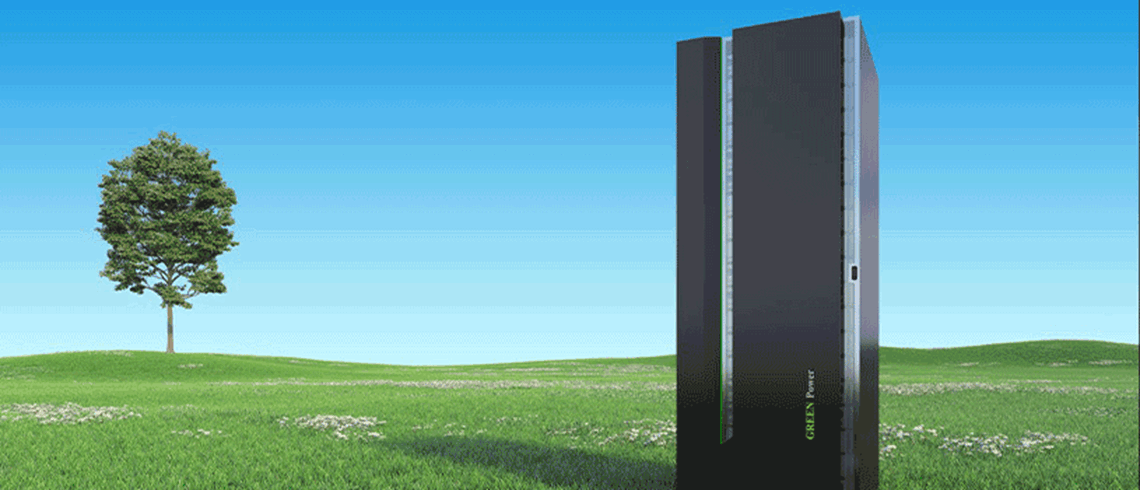Europe is in the middle of two unprecedented economic transformations. The European Commission plans to make the region more energy independent by 2030 and at the same time undergo a digital revolution. The two transformation processes are deeply interlinked.
There are two key areas where the ICT sector can enable emissions reductions. The first is in the ICT sector’s own operations. While the sector contributes approximately 2-2.5% of global GHG emissions, mainly from connected devices, data centres and networks, it is a leverage point that can be exploited to achieve significant emissions reductions. Accenture estimates that the widespread adoption of ICT-enabled solutions in various industries could offer the potential to meet 15-20% of the EU’s headline goal to reduce emissions by 55% by 2030.
The second area is in enabling other industries to perform more efficiently. According to GeSI’s SMARTer2030 report, the adoption of ICT solutions such as fibre networks could help reduce manufacturing emissions.
Actions happening now
Telecommuniciations firm Huawei believes that ICT will be crucial in the green development of industries across Europe. With more than 20 years of service in Europe, the company is enabling investment in fibre networks as well as two other key areas of digital infrastructure: data communications and green storage, in the context of the two transformation processes.
In data communications the firm is using the Wireless Intelligent Network Architecture (WINA) to create more sustainable campus IT infrastructures. As well as reducing emissions for universities—with case studies showing a 30% reduction in annual electricity consumption after deployment.
Traditional campus networks have one cable per terminal, creating complicated cabling networks and making re-cabling during upgrades difficult. Huawei’s new central switch solution reduces the network architecture from three layers to two and enables 90% fewer managed nodes, reducing cabling length by 80% compared with traditional solutions and thus saving non-renewable copper cable resources.

The 30% reduction in power consumption is thanks to more energy efficient chips and components and reduced single port power consumption. Furthermore, instead of active aggregation switches, the solution uses passive splitters that do not need a power supply. Case studies also show the system produces 15% less noise thanks to its intelligent fans.
An ongoing wider rollout of these solutions will help cut the carbon emissions of many EU offices and universities.
In green storage Huawei is looking to reduce the energy cost of storing data. According to Huawei’s Global Industry Vision report, 1YB of data will be generated globally every year by 2030, a 23-fold increase from 2020. To tackle this the firm last year released its "3+1" green strategy for data storage. The strategy will Huawei company reducing energy consumption per TB of data through a three-pronged strategy of high-density designs, system convergence and data reduction through deduplication and compression. The “+1” part of the strategy refers to the firm’s efforts to promote circular economy models by using renewable materials for both the products and their packaging. The firm also operates a global recycling system for its products and has developed an Artificial Intelligence for IT Operations solution that enables on-demand storage resource allocation and use.
The products will help align customers with the EU’s strategy to reduce emissions in line with the EU Code of Conduct on Data Centres' Energy Efficiency, a voluntary initiative developed by the EU’s Joint Research Centre.
Optical networks
In optical networks we are enabling the rollout of fibre as it can reduce emissions greatly when compared with copper cables and mobile networks.
Optical fibres are easy to obtain, have a long lifespan, and do not generate any heat loss. With such advantages, optical fibre communication can effectively help enterprises reduce power consumption, save energy and reduce carbon emissions, achieving low-carbon and sustainable development in Europe.
Last year Huawei launched five different fibre solutions—Fiber To The Office (FTTO), Fiber To The Machine (FTTM), Single OptiX, DC OptiX and Sensing OptiX—which are designed to tailor the power of the technology to different industries.
Huawei’s FTTO was deployed last year to a tourist village called Orizzonte in Tuscany, Italy. The site's legacy campus infrastructure involved multiple independent networks for Internet, TV and telephone access. With the demand for video calls, high-speed Wi-Fi and intelligent hotel services rapidly growing, network maintenance, upgrades and capacity expansions were becoming increasingly difficult.
Huawei's FTTO all-optical campus solution used a two-layer network architecture and passive optical splitters. As well as allowing a massive number of devices to access high bandwidth in peak seasons, the solution cut power consumption by 60% and emissions by 6500kg of CO₂ per year.

Solutions such as Huawei’s will keep customers in line with benchmarks and labelling frameworks as the EU takes these bold steps to streamline and green its economy, working together to achieve a green, smart, and intelligent world.
From 27 February to 2 March 2023, Huawei will showcase its groundbreaking innovations, as well as best practices with partners that help SMEs succeed, at Mobile World Congress, the largest and most influential connectivity event in the world. This year's theme is “Leading Digital Infrastructure for New Value Together”. Click here to learn more.









Comments